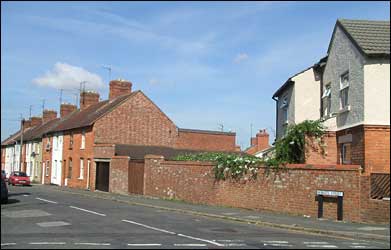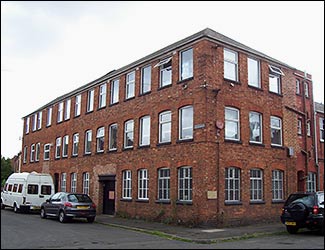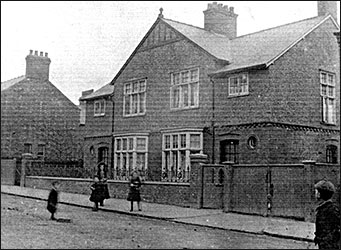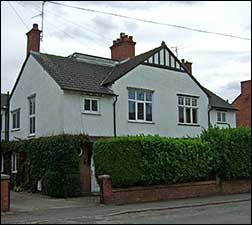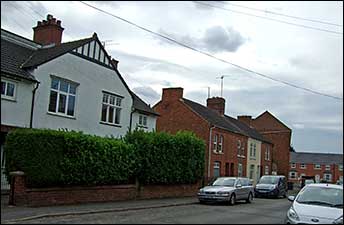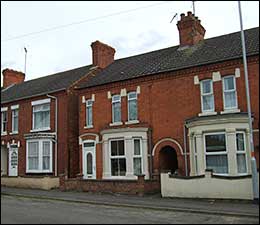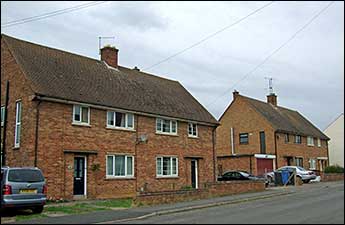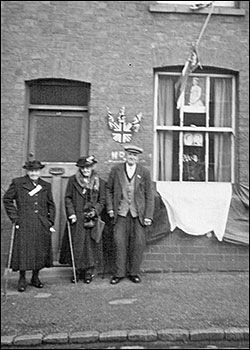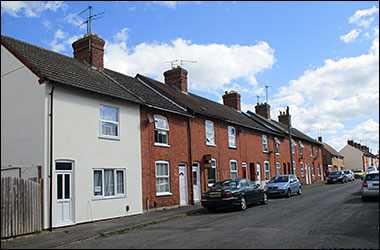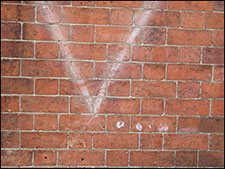|
|||||||||||||
| From an original survey by an RDHS group, typed by D H Martin 1992. |
|||||||||||||
|
Roberts Street
|
|||||||||||||
|
|||||||||||||
|
|
|||||||||||||
Roberts Street is situated parallel between Grove Road, and Newton Road with Oswald Road at its east end and Denmark Road at its west end.
The oldest building is the shoe factory situated on the junction with Grove Road, and was owned by Eli Robinson, shoe manufacturer. In 1891 they purchased from an Ann Roberts of Irthlingborough, (who purchased it in 1872 from Mary Manton), two building plots on which, near the end of the 19th century, William Packwood, builder of Rushden, built 2 semi-detached houses with stable at the rear, for Walter and George Edward, the two sons of Eli. These houses are now numbers 10 & 12 Roberts Street. In between these houses and the factory are four terraced houses, which originally housed workers at the factory. |
|||||||||||||
|
|||||||||||||
All these houses have now reverted to dwelling premises. Roberts Street consists of 43 terraced houses and 6 semi-detached houses. The builders of these houses were Messrs W. Packwood, G. E. Bayes, and R. Marriott, all of Rushden. Most of the terraced houses originally consisted of two large rooms downstairs, a kitchen and attached wash-house or workroom, small coalbarn and outside toilet. Upstairs were two moderate sized bedrooms and one small bedroom. Some of these houses have small front gardens whilst others face direct onto the pavement. All have reasonable back gardens, typical of the majority of pre Second World War houses in Rushden. From research it would appear that Roberts Street has been renumbered on two occasions -- once at the beginning of the century and again in 1953. The houses are built with red brick, probably manufactured at the Raunds brickworks, and some are decorated with lines of yellow bricks. At 10:20p.m. on Tuesday, 19th November 1940, tragedy struck Roberts Street. A lone German bomber dropped one solitary bomb of unknown weight between Newton Road and the centre of the north side of Roberts Street. This resulted in the deaths of four adults and one child. Sixteen houses were completely demolished. Afterwards the land was cleared and six Nissen huts were erected to house the American troops who eventually were stationed in Rushden. Around 1950, after the war, four semi-detached Police houses were erected on the site and three are still occupied by Police Officers.
|
|||||||||||||
|
|
|||||||||||||
